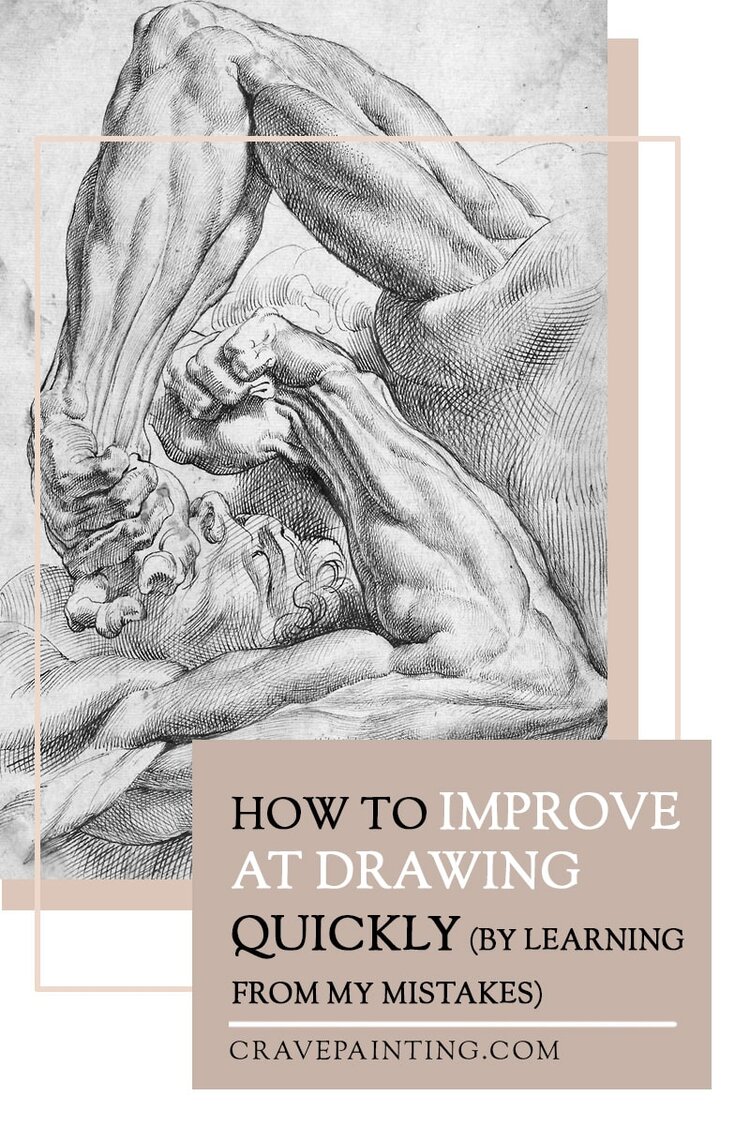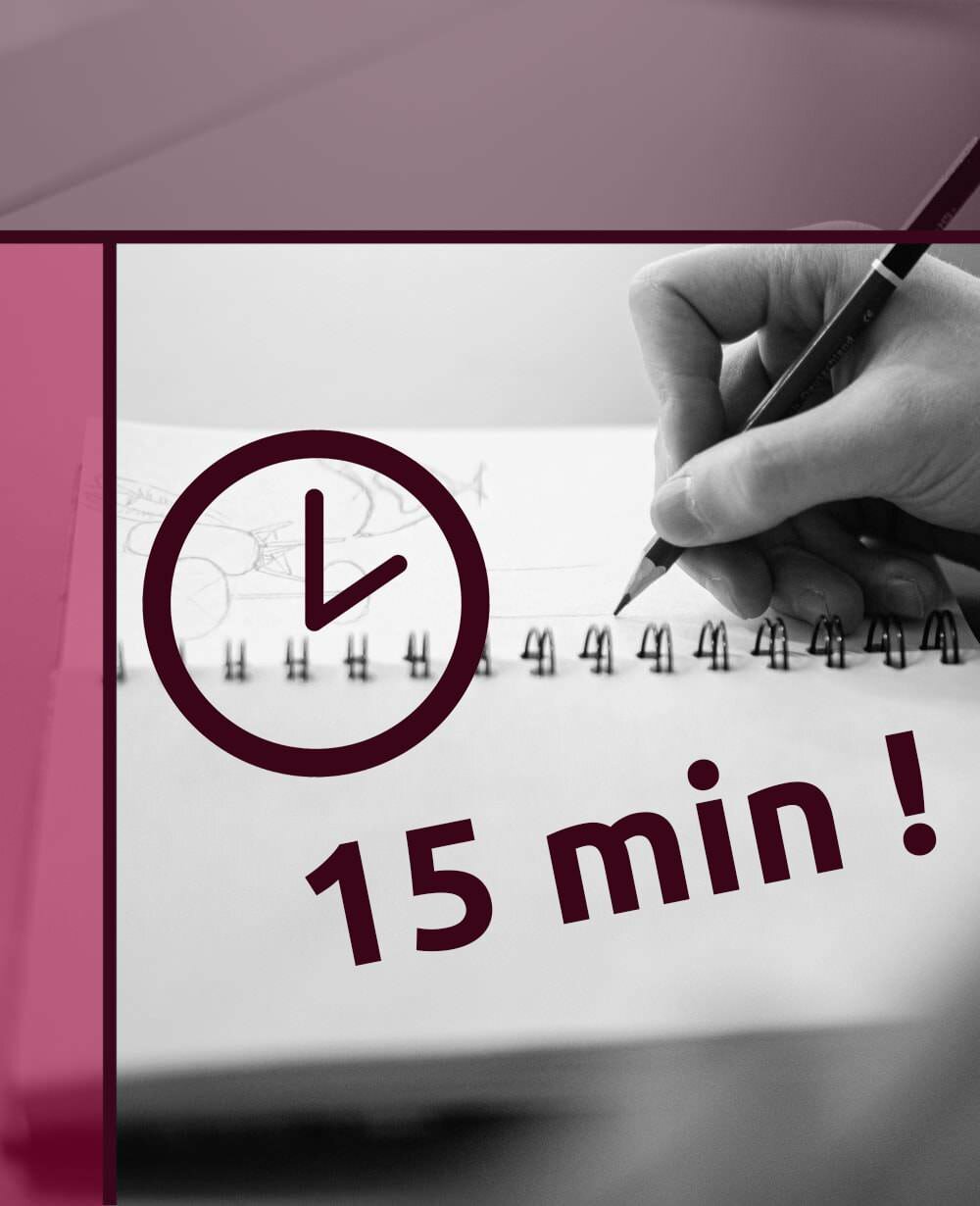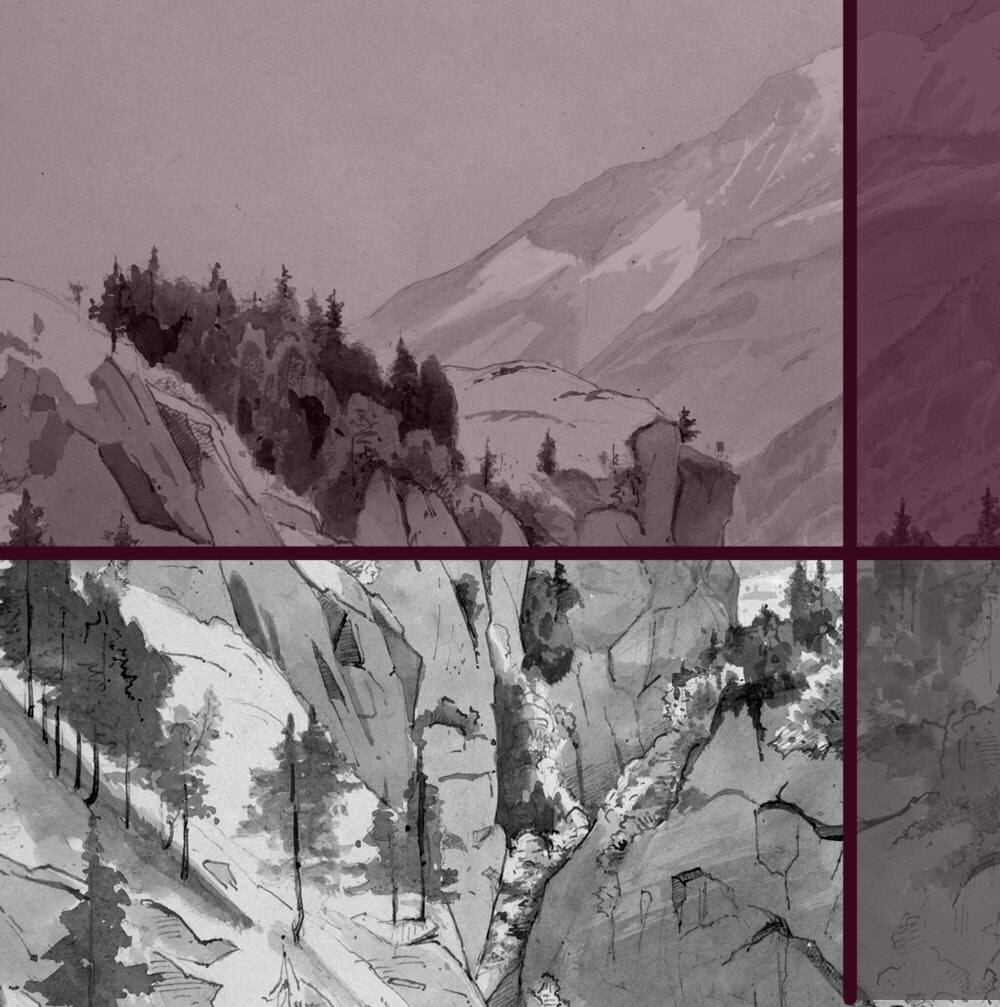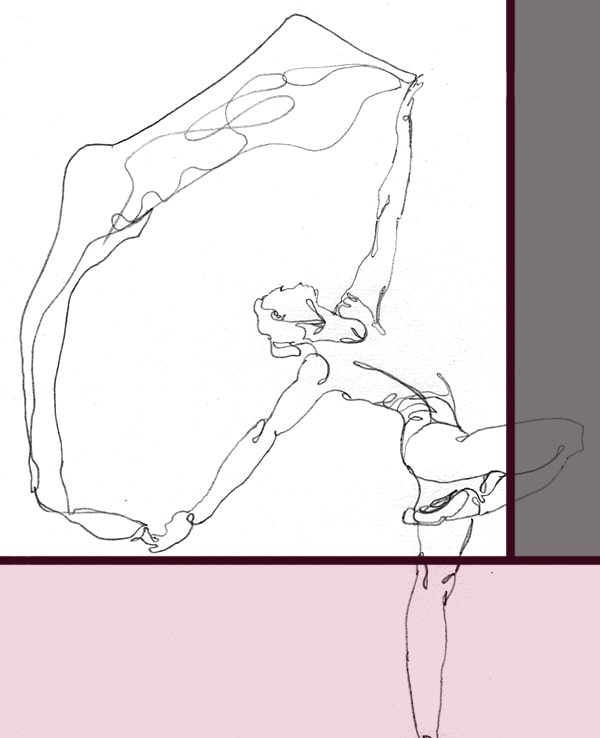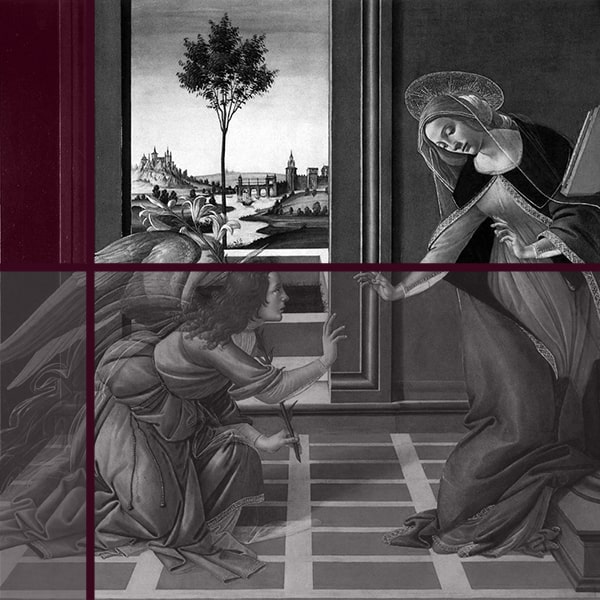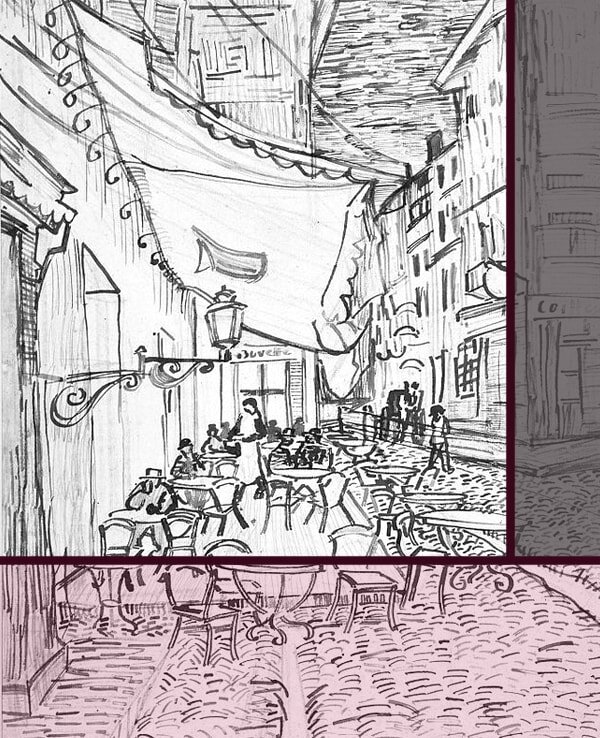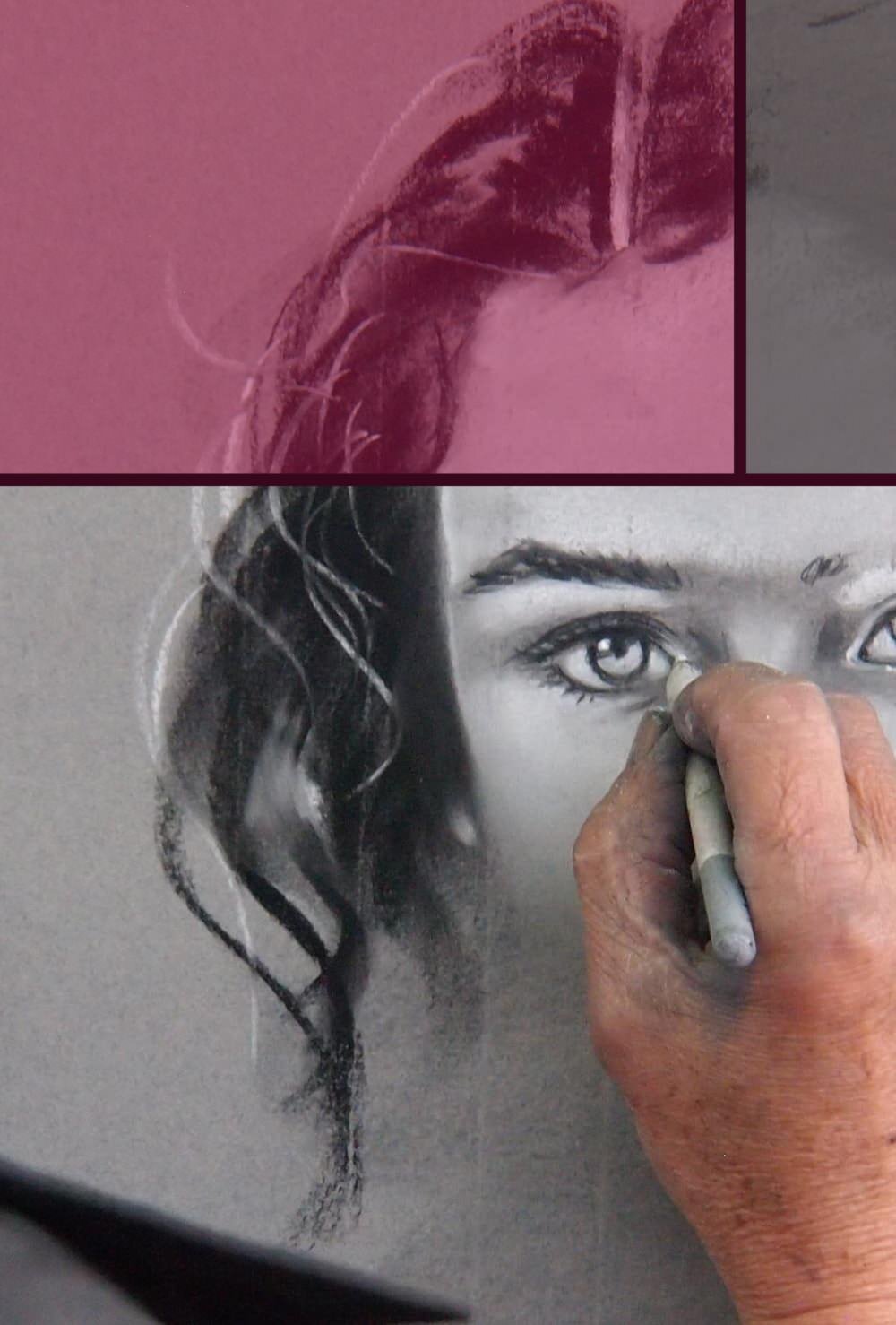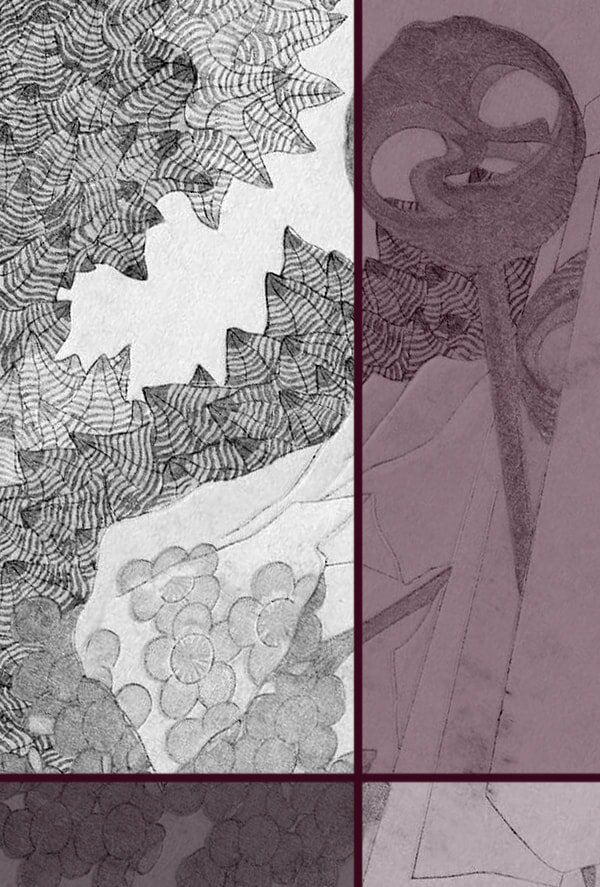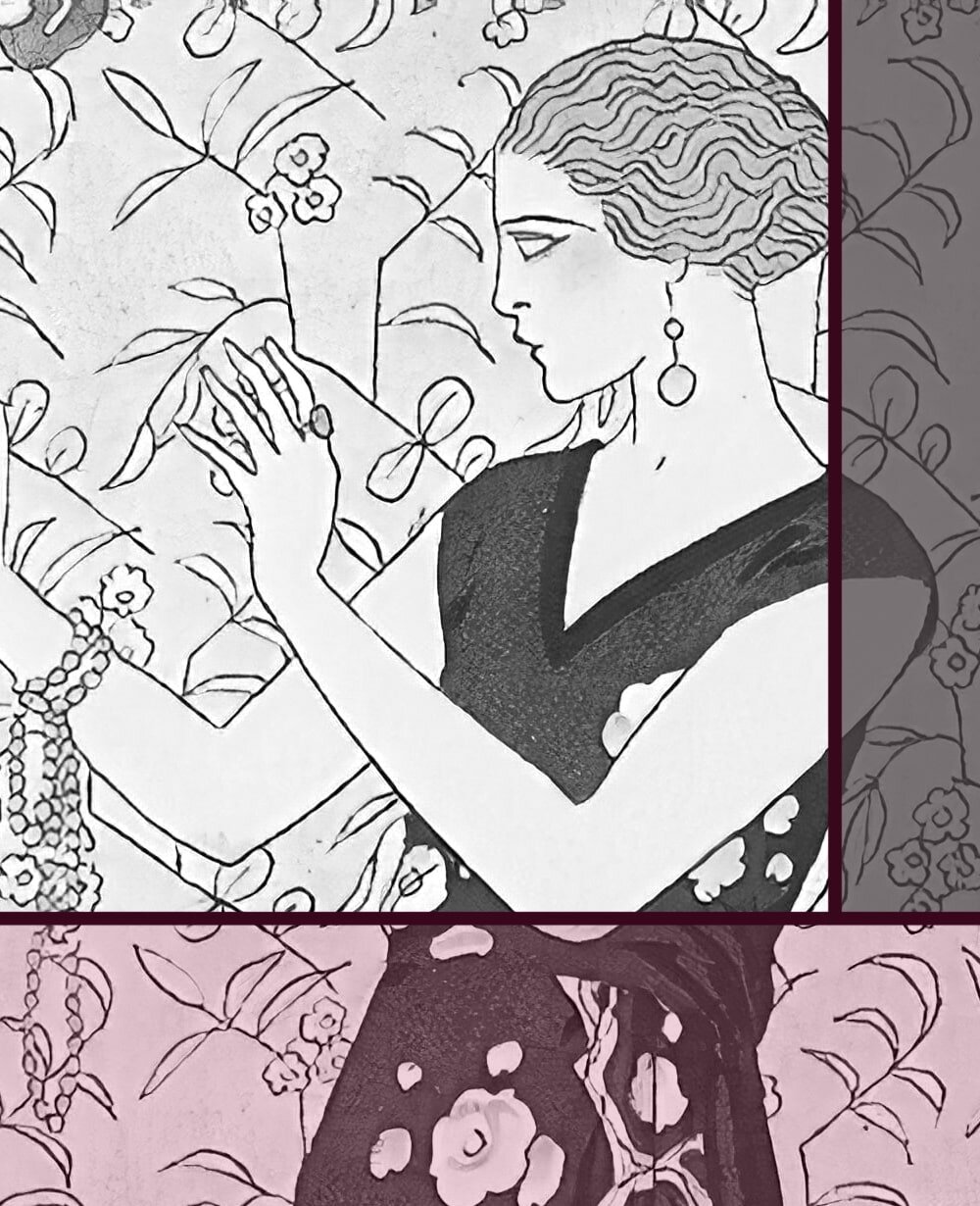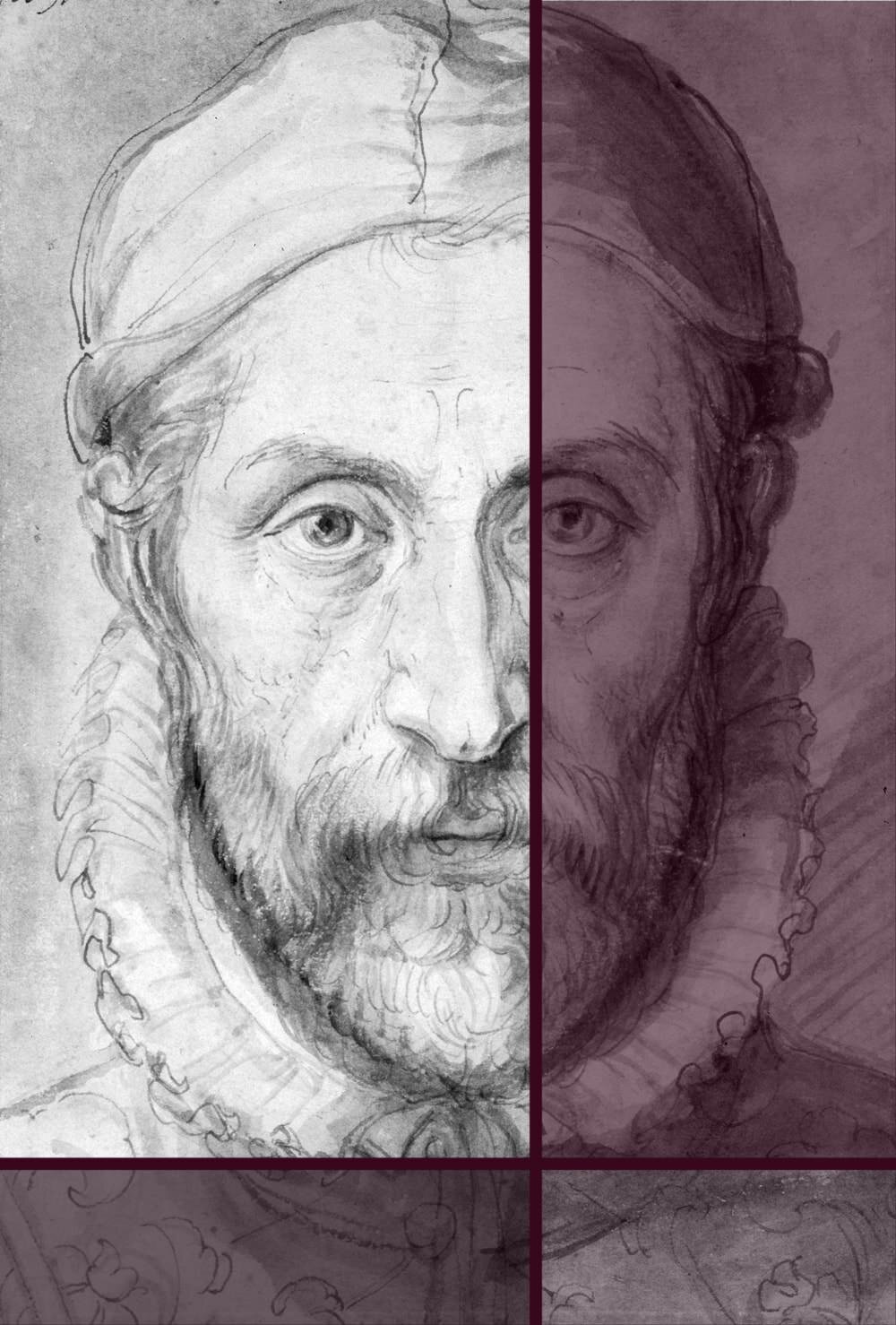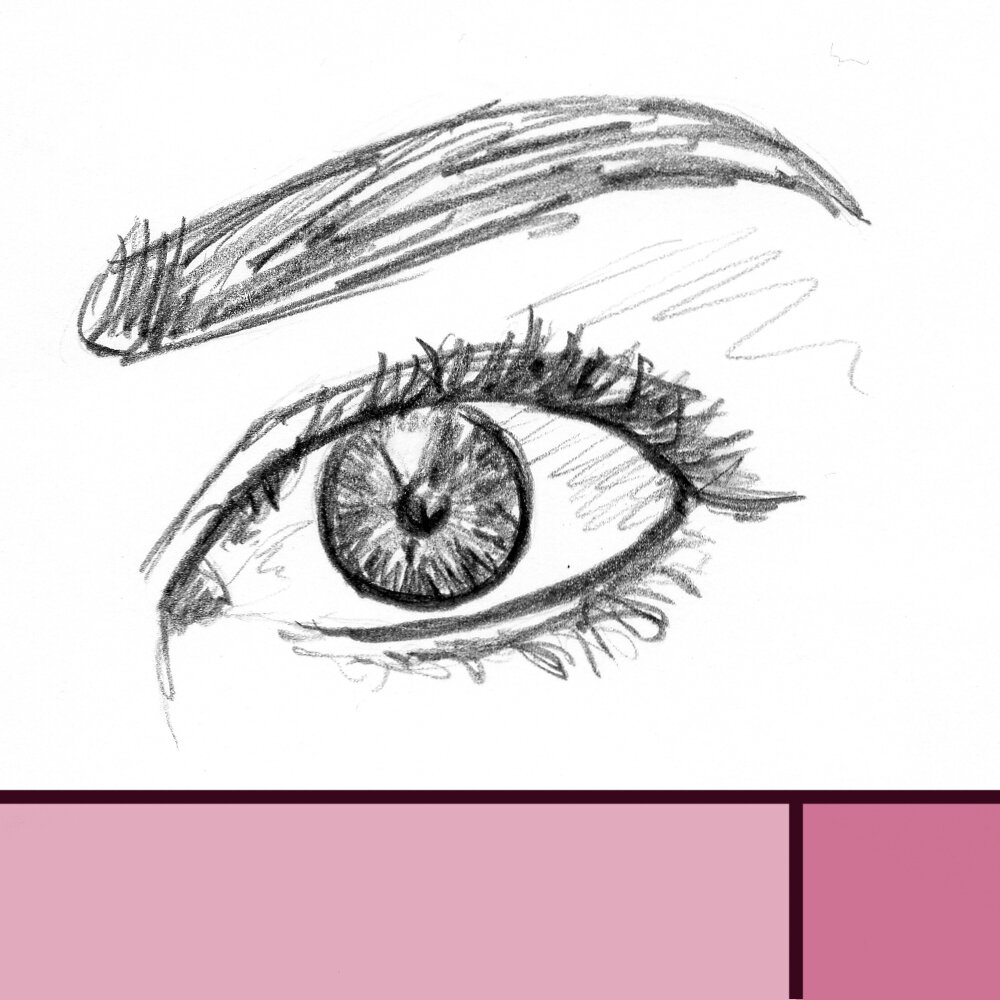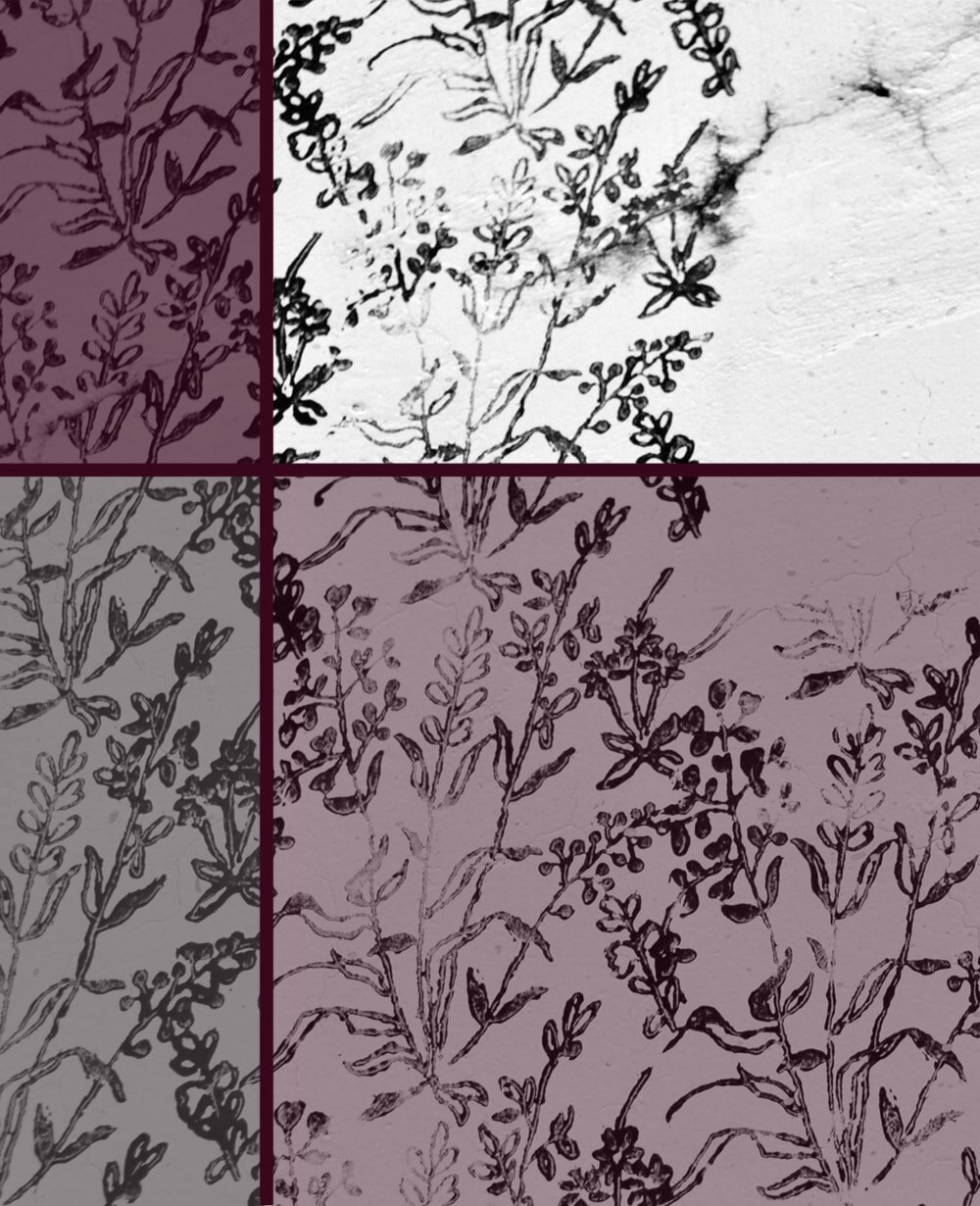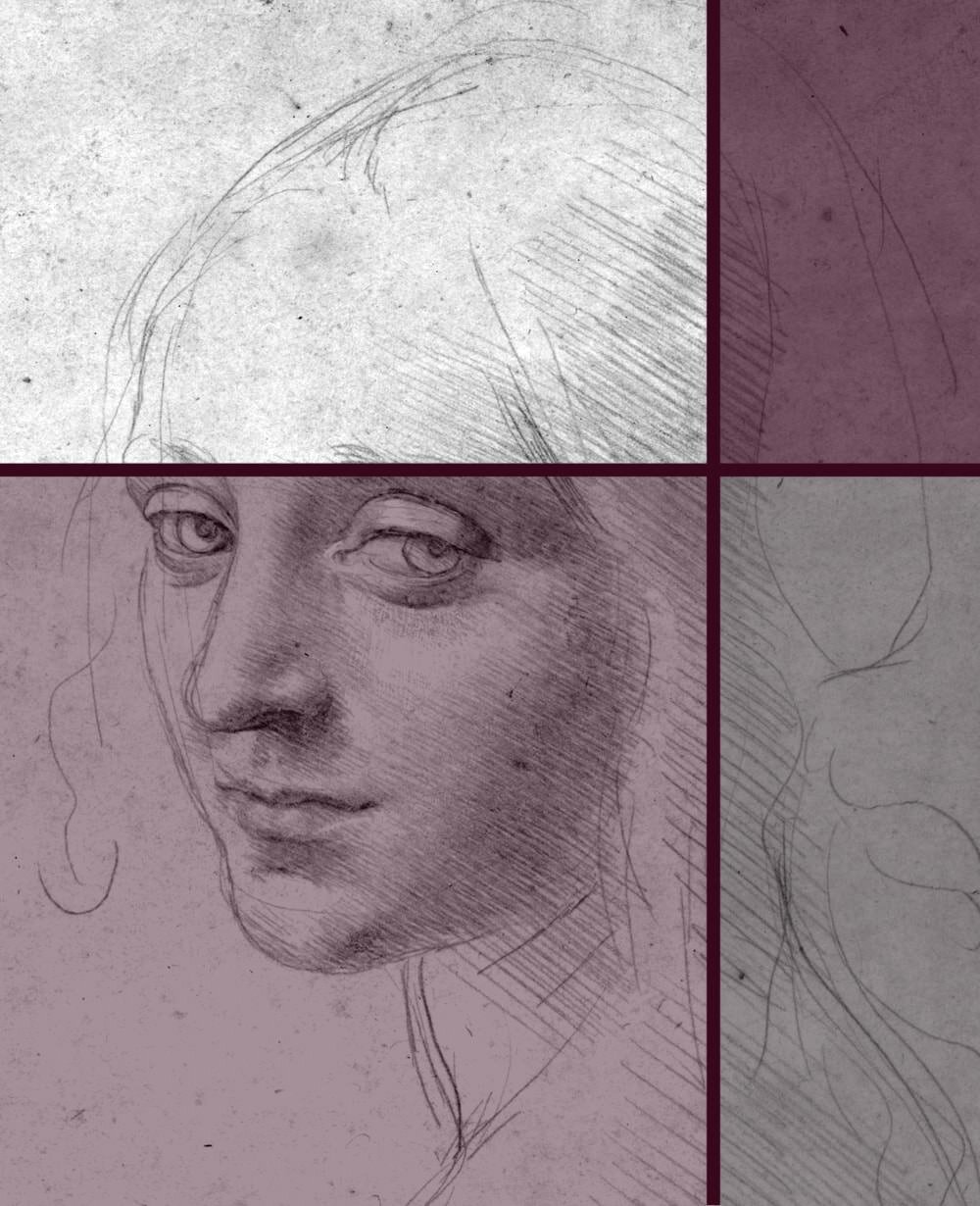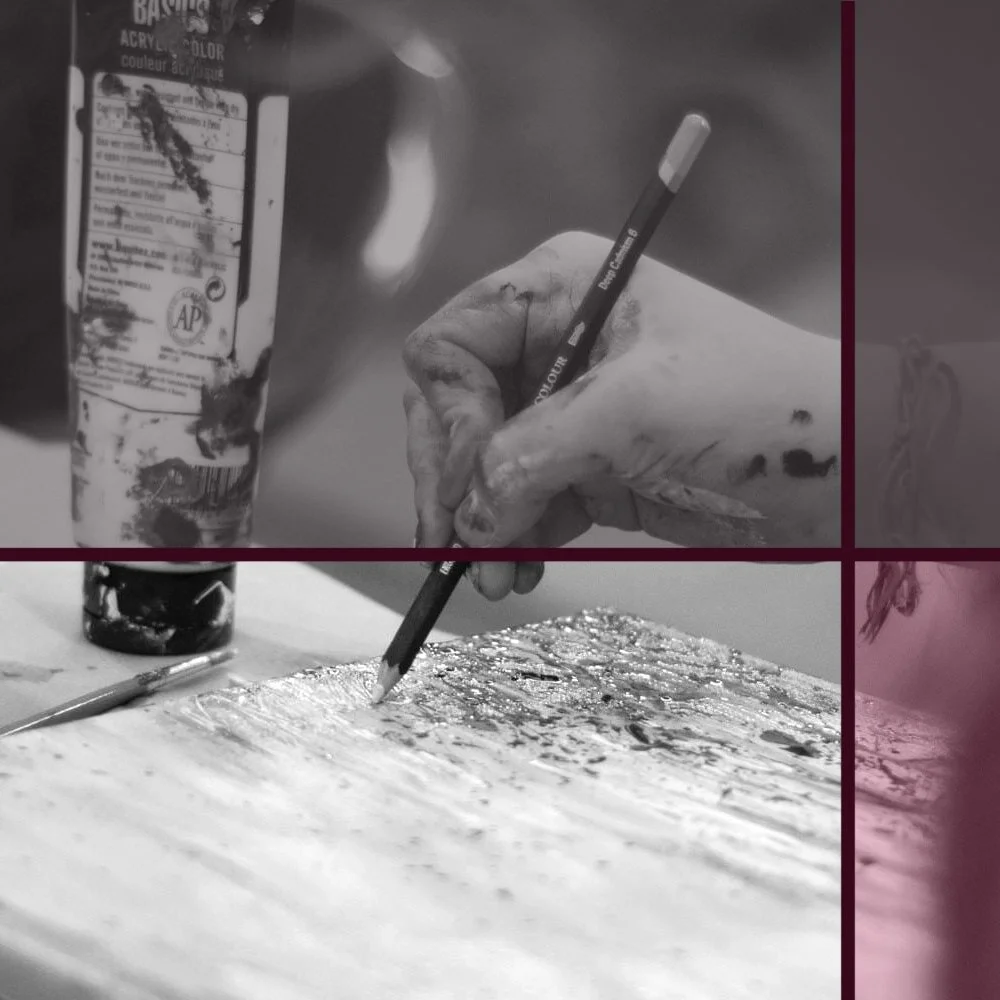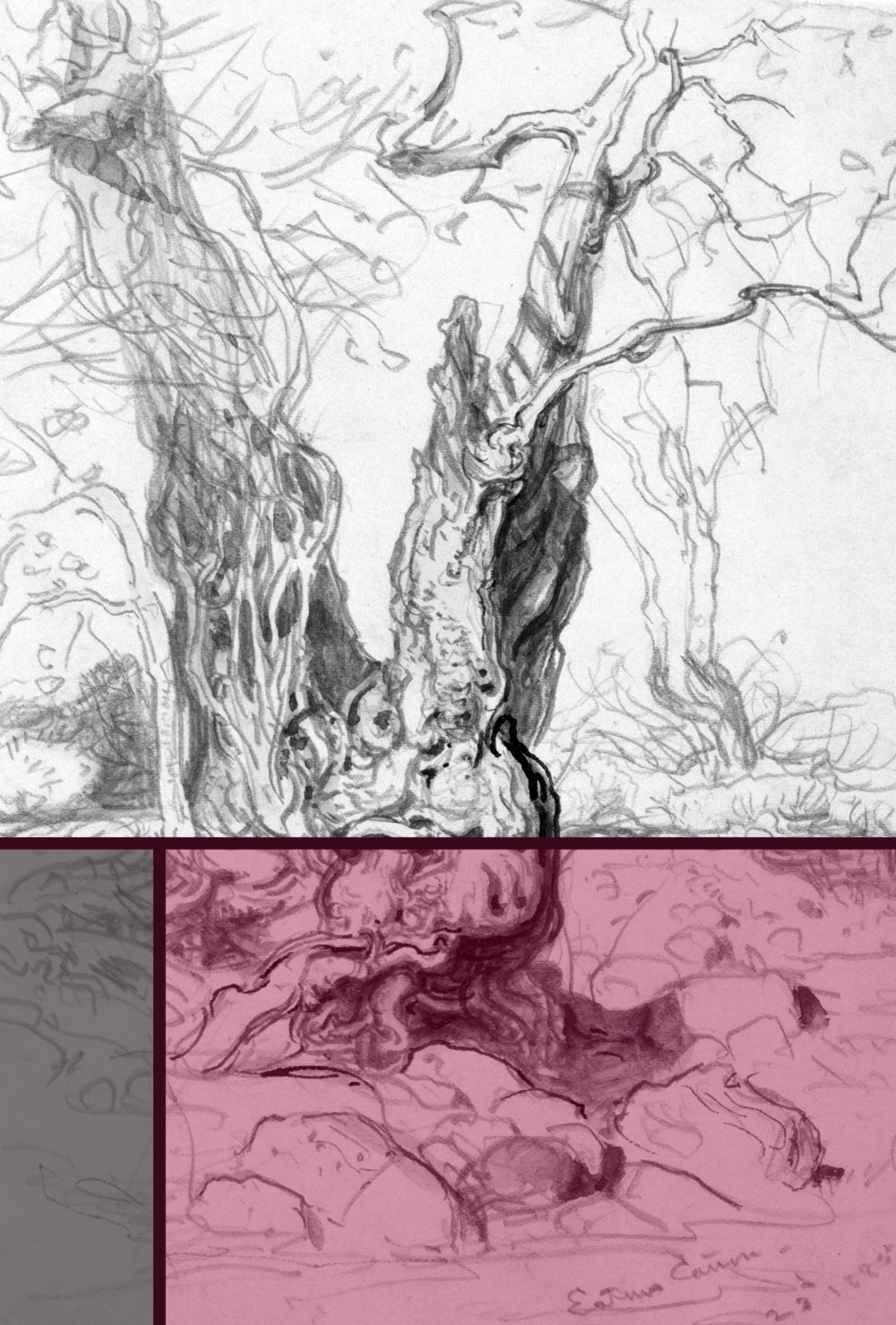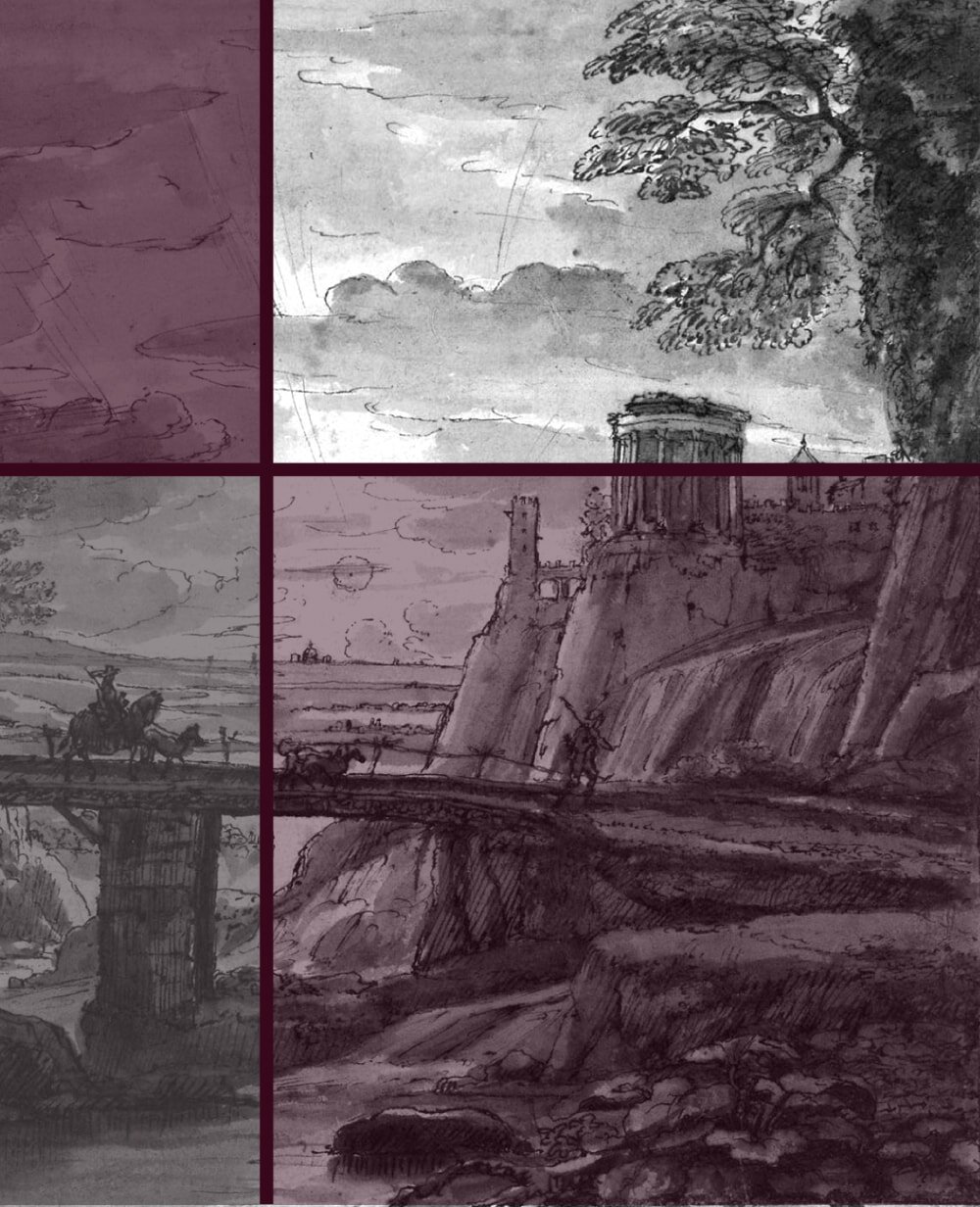Why it took me Years to Improve at Drawing… and How You can do it a lot Quicker!
Improving your skillset isn't always straight forward. Sometimes our progress can be slowed or even halted by silly little mistakes we're not even aware we're making.
Especially if you are teaching yourself a skill at home, rather than studying it at University or joining professional classes, it helps to be aware of common blunders you might be able to correct in a jiffy.
Naturally we don't always have the option of joining a class. They're expensive and they're not always easy to get to or at a convenient time. No matter, it is definitely possible to teach yourself to draw without joining a class, you just need to be smart about it.
In order to make things easier for you I have collected a list of things I know I did wrong over the years and that halted my progress, sometimes significantly.
I hope this post will help you and keep you from stagnating and getting frustrated.
I only learned from one source
I used to have one book about drawing that I read and followed to improve my own practice. In hindsight: what was I thinking?
You cannot expect one single author (that might not even have teaching experience) to remember and write down every tiny little step and technique that might help you with your work. People learn in different ways and artists teach differently, too.
It needs several books to really grasp a specific drawing topic.
It was only when I started getting my knowledge from various sources, that I really got the hang of it.
Now, if I want to learn about a specific topic, say composition, I get at least two books from two different authors. You wouldn't believe how often one forgets to mention an essential detail that might turn out to be the key to me understanding the entire concept.
No one author will remember to tell you everything you need to know to grasp a certain topic. Always look at more than one source.
Similarly, artists don’t always agree, either. Their approaches can differ, so can the terms they use or their options. Always get a second opinion.
Additionally to books I also top it up with blog posts, tutorial videos and online classes, if available.
Sure, it takes a bit more time, because it's more thorough, but it helps me fully grasp a topic rather than just scratching the surface and moving on.
You can find some excellent online courses and books to try on my Recommended Resources page.
I didn't warm up before drawing
Especially when you don't draw every day warming up your wrists, shoulders and eyes can make all the difference, but I didn't always know that.
In fact, I used to think warming up is for athletes only. Because of that I started most of my drawing sessions with some really bad sketches. Which means, that quite often I gave up before I was even warmed up and would have produced better sketches.
It's just so frustrating to draw after a couple of days or weeks off and see the outcome basically ruin itself while you work.
Producing unnecessarily bad sketches would put everybody off drawing, so why risk it?
These days I always warm up with my 10 simple Warm-Up Exercises and it really has transformed my drawing practice.
Now I know that the first couple of minutes are not for making pretty pictures, they're for waking up those stiff muscles. And I know the chance of producing some really good sketches is much higher afterwards.
I didn't draw regularly
I'm not saying the only way to become good at something is to practice every single day without fail.
I know of a lot of professional artists that learned their craft while working full-time in other professions and they certainly did not always have the energy to draw after 8 hours of work plus commute.
A good example for this is (now professional) sketching artist Ch'ng Kiah Kiean, who used to sketch mainly on Sundays, rather than regularly during the week.
But you do need to commit if you want to become really good. You won't make great progress if you take your pencils out for a few hours every couple of weeks and that's it. Yet, that's exactly what I used to do.
Rather than practising regularly I used to do nothing for months, then fill an entire sketchbook on a single weekend.
But of course that's not how it works. Because I never seemed to get any better, really. If anything, my skills seemed to diminish over time, especially in the first half of the sketchbook.
This is where another sports metaphor comes in handy. Imagine a runner only trained once a month but for ten hours straight. That would not make for a very successful sports career, would it?
It's not about the number of hours you draw, but about how regular you do it. You'll want to keep your wrists, shoulders and eyes practised.
It seems so logical now, the reason I did not improve was that the intervals between my drawing sessions were way too long.
Now I aim to train at least 15 minutes each day when I’m super busy or tired and then more when I’m more in the mood.
Everyone works differently, but a good rule of thumb is to never let more than one week pass without having sketched at least something.
I always went straight for the difficult things
Drawing, like most artistic activities, has different levels of difficulty. Figure drawing and portraits, for example, are at the more advanced end of the spectrum.
These also happened to be the subjects I was most interested in back in the days. So that's what I drew. And as realistic as possible, of course.
But they rarely turned out right, and they were always super tricky to do, so I got demotivated over time and regularly lost interest in drawing altogether.
The human bod is one of the most difficult things to draw, yet many beginners start with it.
The much better approach would have been to start with rough sketching, ideally with simple objects and work my way up from there.
That's why I created my Sketching Project. I realised that in order to learn drawing properly I had to go back to the beginning and follow a well-planned schedule, with rising levels of difficulty and one topic building upon the other.
The Project starts with still life and composition, then moving on to architecture and perspective, and so on. A much better approach, I find.
A simple step by step approach, from easy to more advanced is always the smarter choice than to jump in at the deep end.
Since I started, I saw myself improving a lot faster and I rarely got frustrated. Sure, it's good to challenge yourself, but in moderation. If you are new to playing the piano you start off with "Twinkle, Twinkle, Little Star", don't you? Not with Chopin.
I also now do a lot more exercises, rather than just plain old sketching what I see in front of me. They help teach me specific skills and they're a lot of fun, too, so they keep me from getting bored.
I wanted to do too much at once
Drawing is a much more complex topic than it appears to be at first glance. It's not just a matter of sharpening your pencils and bringing whatever you see as accurately as possible onto paper.
In order to become truly good at drawing you need a lot more theoretical knowledge than you might think, from measuring angles to seeing shadows.
Perspective is a huge, complex topic that is really quite important for any artist to understand, even if you only draw what you see in front of you.
Drawing as a topic is a lot more complex than it appears, especially the theory. That doesn’t mean you should try to learn everything at once.
Then there's composition, which is something many of us do intuitively, but once you read up on it you discover how much better you could do. Using various strokes, drawing different textures, all those are topics that will enhance the quality of your work enormously if you learn them well.
But here's the thing: don't try to learn them all at once. I tried that and I failed. I got completely overwhelmed and ended up not doing anything properly.
Instead I now made a plan on how to go through each one, step by step and not start a new one before I finish the last.
As mentioned above, my Sketching Project will lead you through from simple subjects to the more difficult and on the way it'll match drawing-related topics to fitting subjects, one after the other.
I tried to go against my nature
Let me first say this: it's definitely good to try out new things, and it can be super beneficial for your art.
If you stumble across a new technique or medium that looks interesting you should definitely give it a shot. Who knows, it might work really well for you.
But the thing is: you have to know when to stop trying and accepting that it's just not for you. In such cases, I have learned, it's best to listen to yourself, not someone else’s advice.
Grainstacks (1890) by Claude Monet. This painting would not exist if Monet had always listened to his teachers.
I sometimes lost valuable time and even regressed, because I followed advice I knew was wrong for me. Because I blindly assumed the giver, often a professional artist, would know best.
Sure, they knew how to draw very well and some even had teaching experience, but here's what they didn't know: me.
Just because something works for one artist, ten artists or every artist you've ever met does not mean it will work for you.
Whether that's how to draw, what to draw with, when or how often to draw, taking advice is important, making your own decision even more so.
Learning to draw is not a one size fits all approach. What works for other artists might not work for you, and vice versa.
There is a fine line between trying out new things and letting yourself get talked into something that's just not right for you. Learning to draw is not a one size fits all approach.
If next time someone tells you that you should be holding your pencil a certain way or draw at a certain size or in a certain style then by all means try it out. But if the artist in you means to push you into another direction, listen.
After all, if all artists had always followed their peer’s advice where would we be? In a world without Impressionism for one. And what a sad world that would be.
I always sketched alone
In truth, I hugely enjoy drawing on my own. I love the quiet serenity you get when your attention is entirely focused on this one task. Drawing time is me-time, that's why I usually do it at home, comfortably, with no interruptions.
Until I went to University and learned about the advantages of meeting up with other artists. Which I later forgot again and am just now re-discovering.
There is so much you can take away from occasionally joining up with other artists. Creativity is super contagious. I never feel more creative than after I’ve met with my artist friends.
Sometimes we work on the same projects, sometimes we just sit together and do our own thing, but in each other’s company. Just chatting about artsy topics can put you in the mood to do your very best work.
Creativity is contagious and being in the company of other artists can be invaluable for your progress.
You can also give each other tips and advice. There are numerous techniques, artists, even media I would not know about if I always worked alone. And you're much more likely to sketch regularly, too.
You can take group drawing classes, but my personal favourite option is to join an Urban Sketching group near you.
This is not to say you should always draw in company. I still do my best work when I'm on my own.
But I do draw more and better when I regularly spend time with other artists. Because I take their energy and enthusiasm home with me and use it there, in peace and quiet.
Did you enjoy this article or feel like you have anything else to add? Feel free to leave me a comment below!
If you like this post, please share it, so others may like it too!


